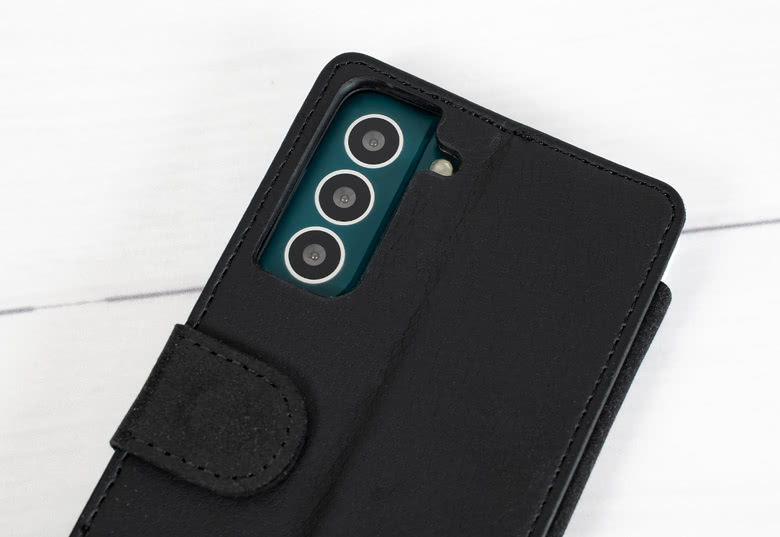
1. Material and Construction
Silicone Composition: Made from silicone polymers, offering flexibility and elasticity.
Shock Absorption: Absorbs impact from drops and bumps, protecting the phone from damage.
Grip: Provides a secure and comfortable grip, reducing the likelihood of accidental drops.
Variety: Available in various colors, textures, and finishes, including matte and glossy options.
2. Design Features
Slim Profile: Maintains the sleek design of the phone while providing protection.
Button and Port Accessibility: Precise cutouts for buttons, ports, and camera lenses ensure easy access and functionality.
Texture Options: Some cases feature textured grips or raised edges around the screen and camera for added protection.
3. Manufacturing Process
Molding: Typically manufactured using liquid silicone injection molding for precise fit and consistency.
Customization: Allows for custom designs, patterns, or logos through techniques like embossing or printing.
4. Advantages
Shock Absorption: Offers better protection against drops compared to hard plastic cases.
Grip: Enhanced grip reduces slipping and accidental drops.
Lightweight: Adds minimal bulk to the phone, maintaining portability.
Scratch Resistance: Silicone material resists scratches and scuffs.
5. Care and Maintenance
Cleaning: Easily cleaned with water and mild soap. Resistant to dirt and stains.
Durability: Silicone cases are durable and long-lasting with proper care.
Heat Resistance: Tolerates temperature variations without warping or melting.
6. Disadvantages
Dust and Lint Magnet: Silicone cases may attract dust, lint, and debris over time.
Color Fading: Vibrant colors may fade with prolonged exposure to sunlight or frequent use.
Tear and Stretch: Over time, silicone can stretch or tear with heavy use or rough handling.
7. Market Trends and Customer Preferences
Popularity: Highly preferred by users seeking a balance of protection and comfort.
Design Trends: Matte finishes, translucent designs to showcase phone colors, and textured grips are trending.
Environmental Considerations: Increasing demand for eco-friendly silicone options and recyclable packaging.
8. Customer Care and Feedback
Feedback Loop: Gather customer feedback to enhance product designs and address issues like fit or durability.
Quality Assurance: Ensure cases meet quality standards through rigorous testing for durability and impact resistance.
Conclusion
Soft silicone phone cases are versatile accessories that combine protection, style, and comfort. They appeal to users looking for reliable shock absorption without compromising the sleek design of their phones. Manufacturers can capitalize on trends in customization, environmental sustainability, and user preferences to meet the diverse needs of smartphone users worldwide. By continually innovating and improving product offerings based on customer feedback, brands can maintain their competitive edge in the smartphone accessories market.



